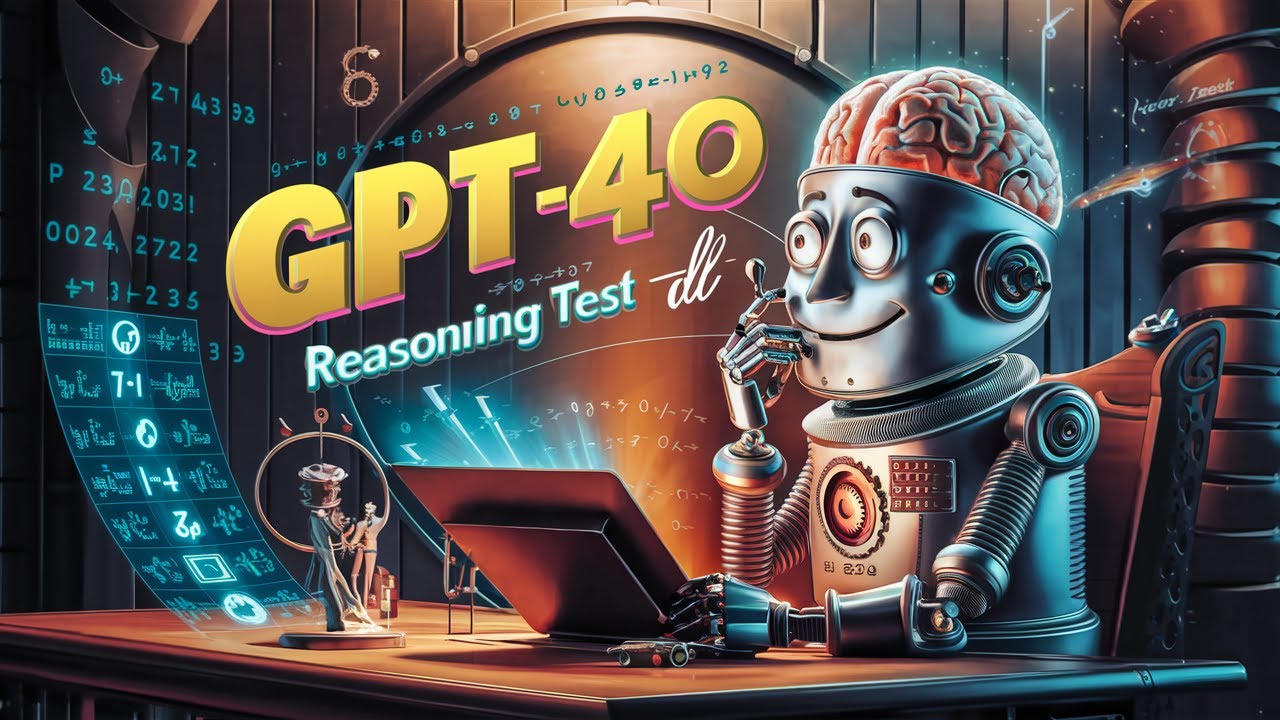The video discusses a reasoning test involving two problems and the performance of various AI models like GPT Turbo and Llama 70 billion, with “Oppos” emerging as the top performer in the more challenging problem. The presenter shares a script that allows users to test different AI models simultaneously, highlighting the efficiency of executing questions in parallel and emphasizing the importance of sentence arrangement and model selection for accurate outcomes in reasoning tasks.
In the video, the presenter revisits the reasoning test with two problems: the bumper car problem and Marcus’s homework problem. Each problem consists of five sentences, and the arrangement of these sentences impacts the model’s performance in providing accurate answers. To address this, the presenter programmatically rearranges the sentences in each problem to test every combination, resulting in a total of 100 combinations for each problem. Previous tests using models like GPT Turbo, VIs ax22, and Llama 38 billion showed varying levels of accuracy, with “Oppos” being the clear winner in the more difficult Marcus problem.
The code files used in the video will be available on the presenter’s Patreon, allowing users to test different AI models for reasoning tasks. The script provided includes the ability to test multiple models simultaneously and customize system messages for each model. By utilizing a thread pool executor, the script can execute 20 questions in parallel, enhancing efficiency. Additionally, there are scripts available for testing cloud models and open-source models using OpenAI’s UniFi class.
The video also highlights the benefits of becoming a patron, such as access to code files, courses, and the presenter’s latest THX Master Class focused on coding efficiently. The script runs with GPT-4o, and results show its performance on the bumper car problem and Marcus’s homework problem. GPT-4o achieved varying levels of accuracy across the two problems, performing well on the bumper car problem but not as effectively on the Marcus problem compared to other models like GPT Turbo and Llama 70 billion.
The script structure is explained, detailing the use of concurrent futures, thread pool executor for parallel operations, and parameters like streaming and combinations. The script allows users to test different AI models by defining the problems, creating permutations of sentence combinations, and evaluating responses based on expected answers. The process involves looping over model names, preparing a results dictionary, and utilizing a thread pool executor for parallel runs. The final results are stored in JSON files for analysis and comparison.
In conclusion, the video provides a comprehensive overview of the reasoning test process using AI models and the script developed for this purpose. The presenter’s thorough explanation covers the methodology, code structure, and results obtained from testing GPT-4o on the reasoning problems. By sharing the code files and offering insights into model performance, the video aims to showcase the capabilities and limitations of GPT-4o in reasoning tasks, highlighting the importance of sentence arrangement and model selection for accurate outcomes.
